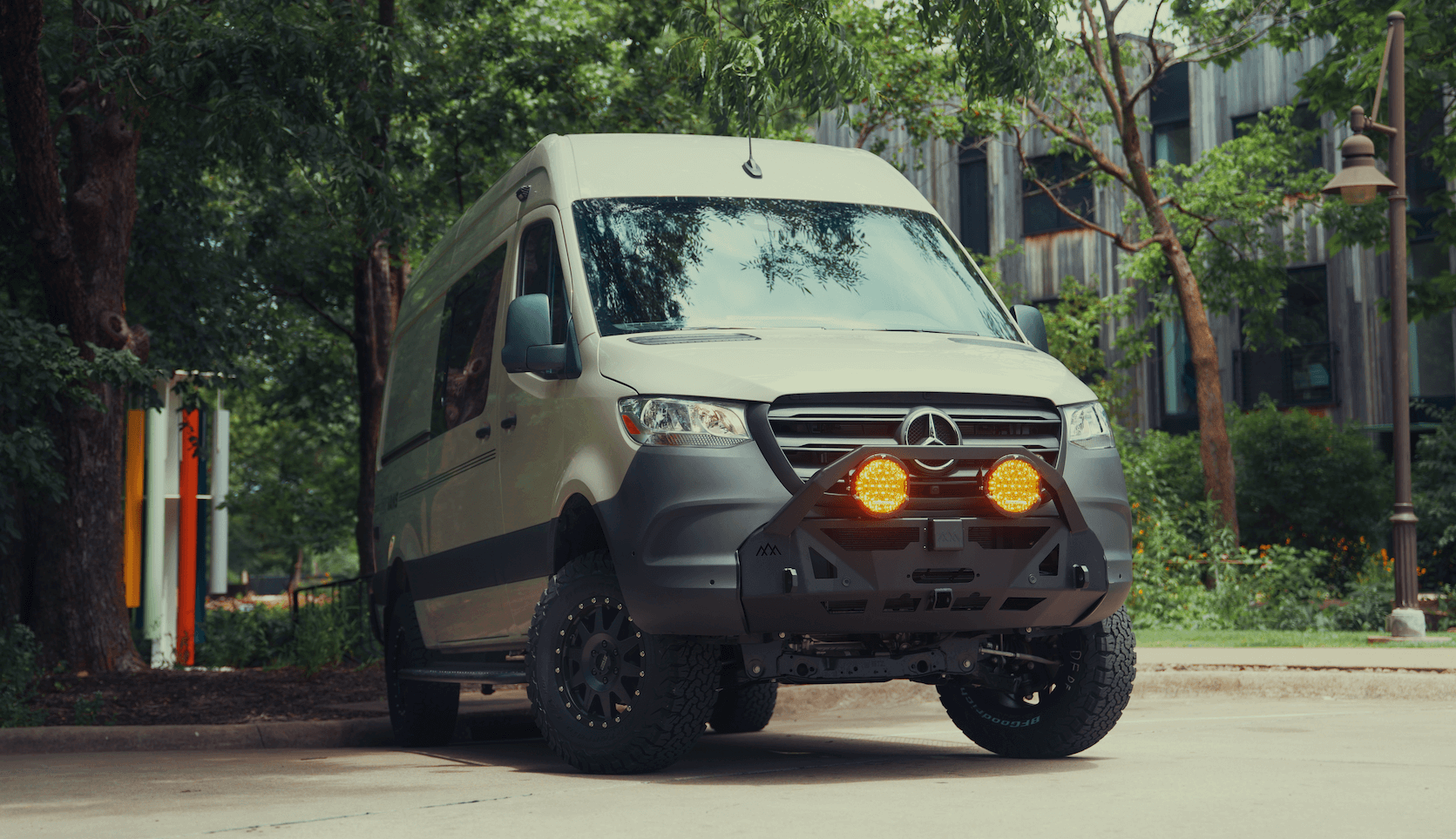Recreational Vans

A reliable kit handles daily scrapes and the rare high stress moments. Think in layers. Start with wound care, add medications, include tools, then round it out with documentation and personal needs. Build for at least two people and a week on the road.
Core wound care
Medications and ointments
Trauma and stabilization
Tools and extras
Personal and documentation
Where you store the kit matters as much as what is inside. Place your primary kit near a door so it is reachable from outside the van. Use color coded pouches or clear organizers labeled by category. Add a small day bag kit for hikes and keep a micro kit in the driver door for quick grabs.
Heat and moisture degrade supplies. Avoid storing medications against metal body panels or in direct sun. Use a sealed dry bag or a hard case with a gasket. Rotate meds and gels by the printed date, swap batteries every six months, and replace anything opened on the same day you use it. Add a checklist on the lid and mark restock dates with that fine tip marker.
If you travel with kids, carry liquid formulations, dosing syringes, and child safe bandages. If you travel with pets, include self adherent wrap, paw booties for hot surfaces, and your vet number. For cold climate trips, keep the kit inside the living space so liquids do not freeze. For desert runs, protect gels from extreme heat and keep backup oral rehydration salts in a separate pouch.
Serious bleeding requires decisive action. Learn how to apply a tourniquet above the wound, pack with hemostatic gauze, and hold pressure until help arrives. Practice opening and using these items with gloves so you know the feel of each step.
Choose familiar brands you already tolerate well. Keep original packaging to preserve dosing info and interaction warnings. Add a simple diary card to note when you take medication on long drives or at altitude.
Shears cut clothing without injuring skin. A headlamp frees your hands in low light. A compact irrigation syringe does a better job cleaning gravel out of road rash than a water bottle stream. Small upgrades like these change outcomes.
A well packed kit still needs capable hands. Seek CPR with AED training and a basic wilderness first aid course. Add a stop the bleed class for trauma skills. Practice scenarios at camp so your crew knows where the kit is and who calls for help.
Prevention travels with planning. Hydrate early on hot days, stretch before big rides, and respect elevation gain. Map clinics along your route and download offline maps in case you lose signal. Carry a charged phone, a whistle, and a backup power bank. If you manage chronic conditions, consult your clinician before long trips and carry a written action plan.
Safety also benefits from thoughtful vehicle design. Quick access mounts, washable surfaces, and steady interior lighting make treatment easier when minutes count. Well planned storage keeps heavy items low and secure so the kit is reachable even after a hard stop.
For travelers looking to pair safety with a purpose built rig, explore our recreational vans to see how comfort and function meet. Visit recreational vans for an overview, review our approach to custom van builds, or browse Mainstream vans that fit common use cases.
When you are ready to go farther, OZK Customs designs and builds travel ready vans that keep essentials close, secure, and organized. From easy clean galley surfaces to quick access medical mounts and lighting, we dial in the small details that make a difference on the road. Tell us where you roam and what you carry, and we will craft a solution that fits.
Request a consult and let us help you plan a van that supports your first aid kit, your travel style, and your peace of mind.
Ready to travel with safer systems built in. Our team integrates quick access medical mounts, cleanable materials, and power systems that support cooling and water needs. Tell us how you travel and we will design a recreational van that keeps your essentials close and secure. Start your build plan today.
ADDRESS:
6159 E Huntsville Rd, Fayetteville, AR 72701
PHONE:
(479) 326-9200
EMAIL:
info@ozkvans.com